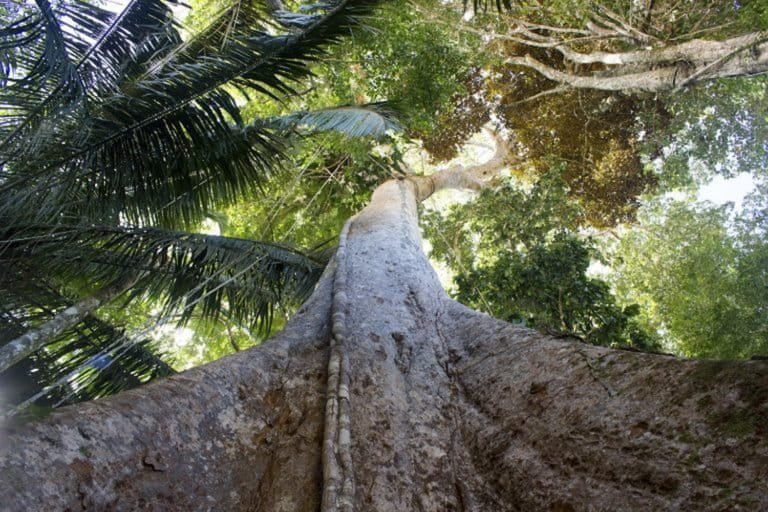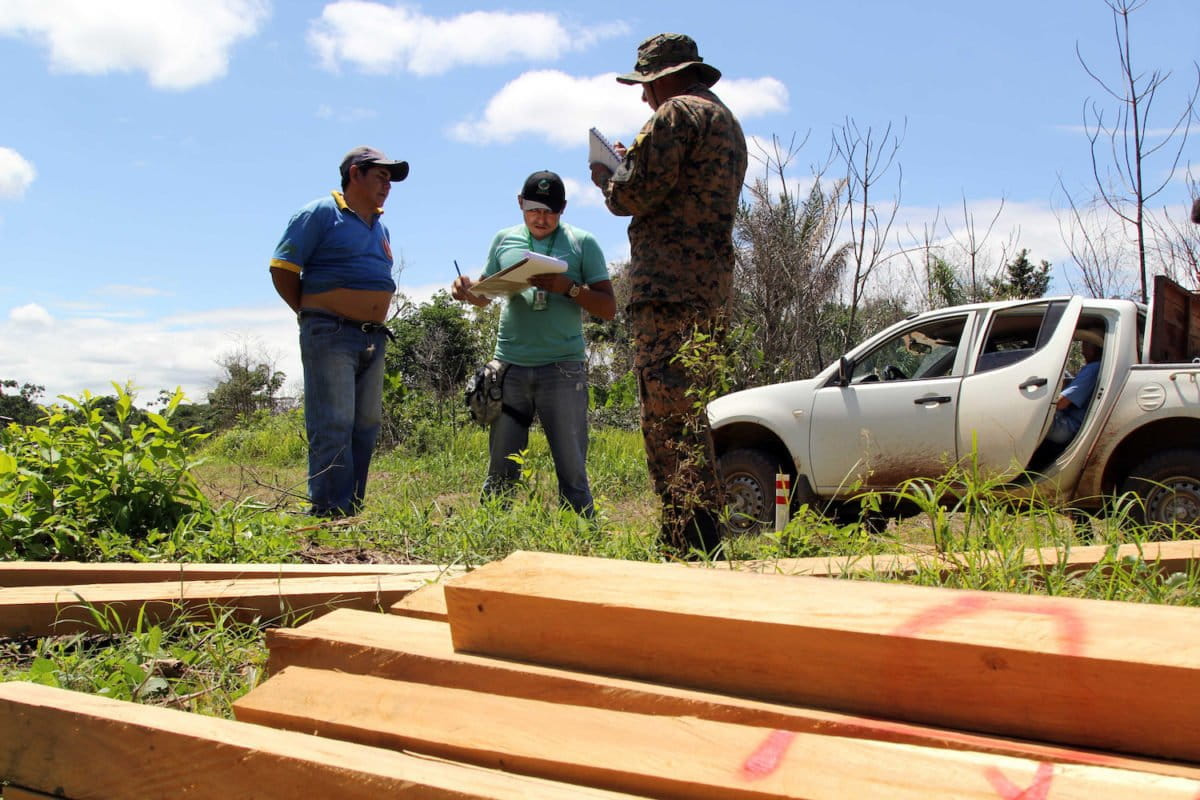Top recent stories from our Spanish-language service, Mongabay Latam, include a multi-country series on illegal logging, traveling coral larvae, and a treaty to protect environmental defenders.
Peru’s millennial trees could disappear in 10 years
Peru’s Shihuahuaco trees (Dipteryx micrantha) take hundreds of years to grow but could be lost in a decade. Listed as critically endangered, some 310,000 were felled in 15 years; researchers predict they could disappear from forests in two regions in as little as 10 years.

Fifteen countries commit to protect environmental defenders
Fifteen countries in Latin America and the Caribbean signed an agreement to protect environmental defenders. The Escazú Agreement facilitates access to information, public participation and environmental justice in a region where four environmental defenders are killed every week, according to a 2017 report from Global Witness. Chile and Colombia did not sign the agreement.

Falsified documents allow logging of Bolivia’s protected areas
Bolivia’s illegal timber trade is supported by documents that inflate the number of trees in forest concessions to hide trees extracted from banned zones. Protected areas, including those in Madidi, Pilón Lajas, Tipnis, Aguaragüe and Tariquía are particular targets.

Illegal timber accounts for a tenth of Colombia’s deforestation
A multi-country investigation coordinated by Mongabay Latam and Peru’s Ojo Publico reported that the illegal timber trade is responsible for 10 percent of Colombia’s deforestation. At the same time, the country imports three times more wood than it uses and exports.

Without limits, Orinoco palm oil industry threatens mammals
If Orinoco oil palm cultivation surpasses 75 percent of the total area, mammal populations will suffer drastic and accelerated declines, a new study warns. A “sustainable” level of cultivation would need to reserve 55 percent of the land for natural ecosystems. Palm cultivation in the country’s eastern grassland plains has already exceeded these limits.

Can coral larvae save Pacific reefs?
Coral larvae make an extraordinary journey on ocean currents to colonize distant reefs in the central and eastern tropical Pacific. New research shows a connective loop of the larvae that could bolster long-term reef survival in the eastern region.

Read these stories in their entirety in Spanish here at Mongabay Latam.
Banner image: A coral reef of the tropical Pacific. Image by David Paz Garcia.
